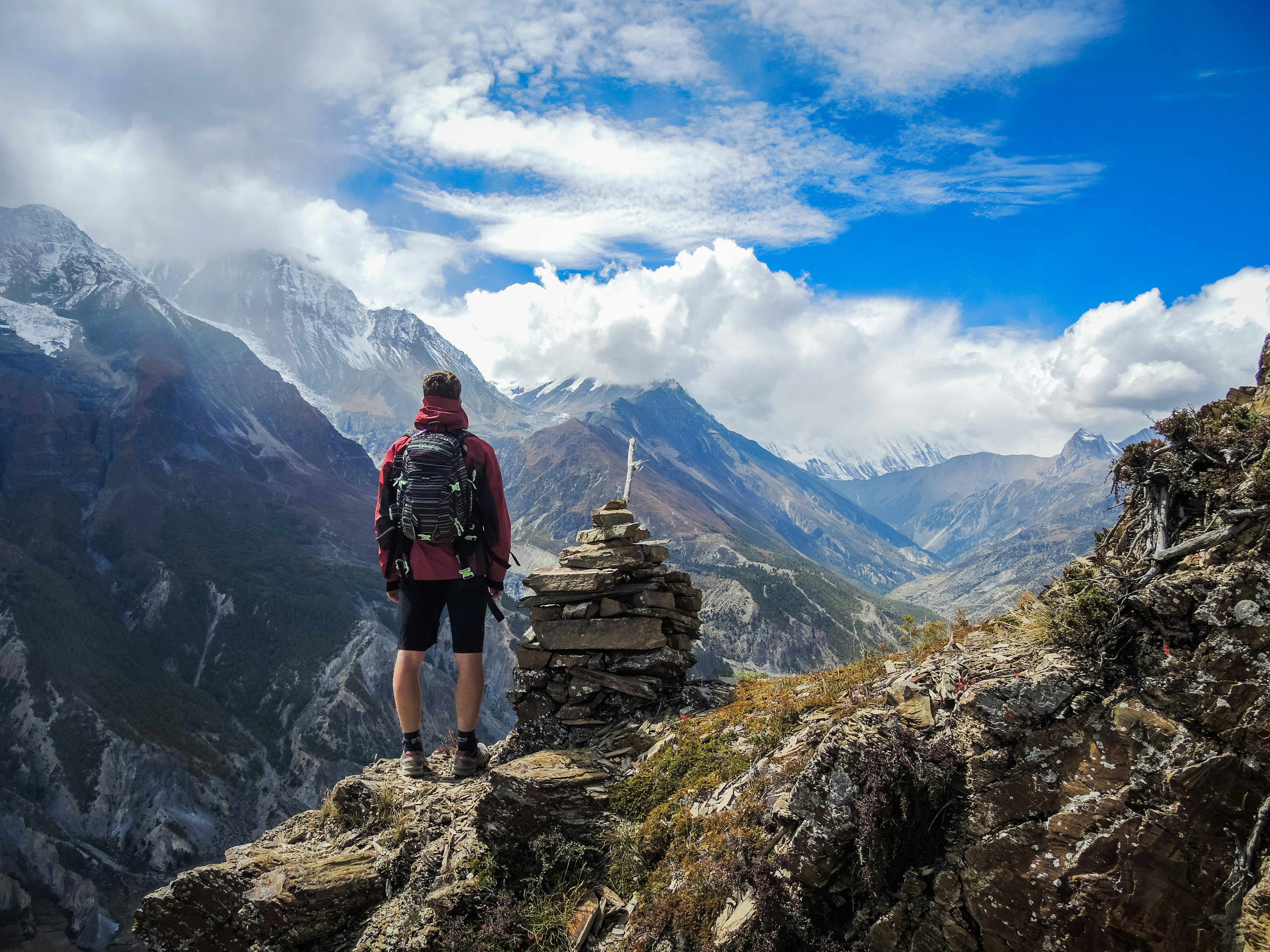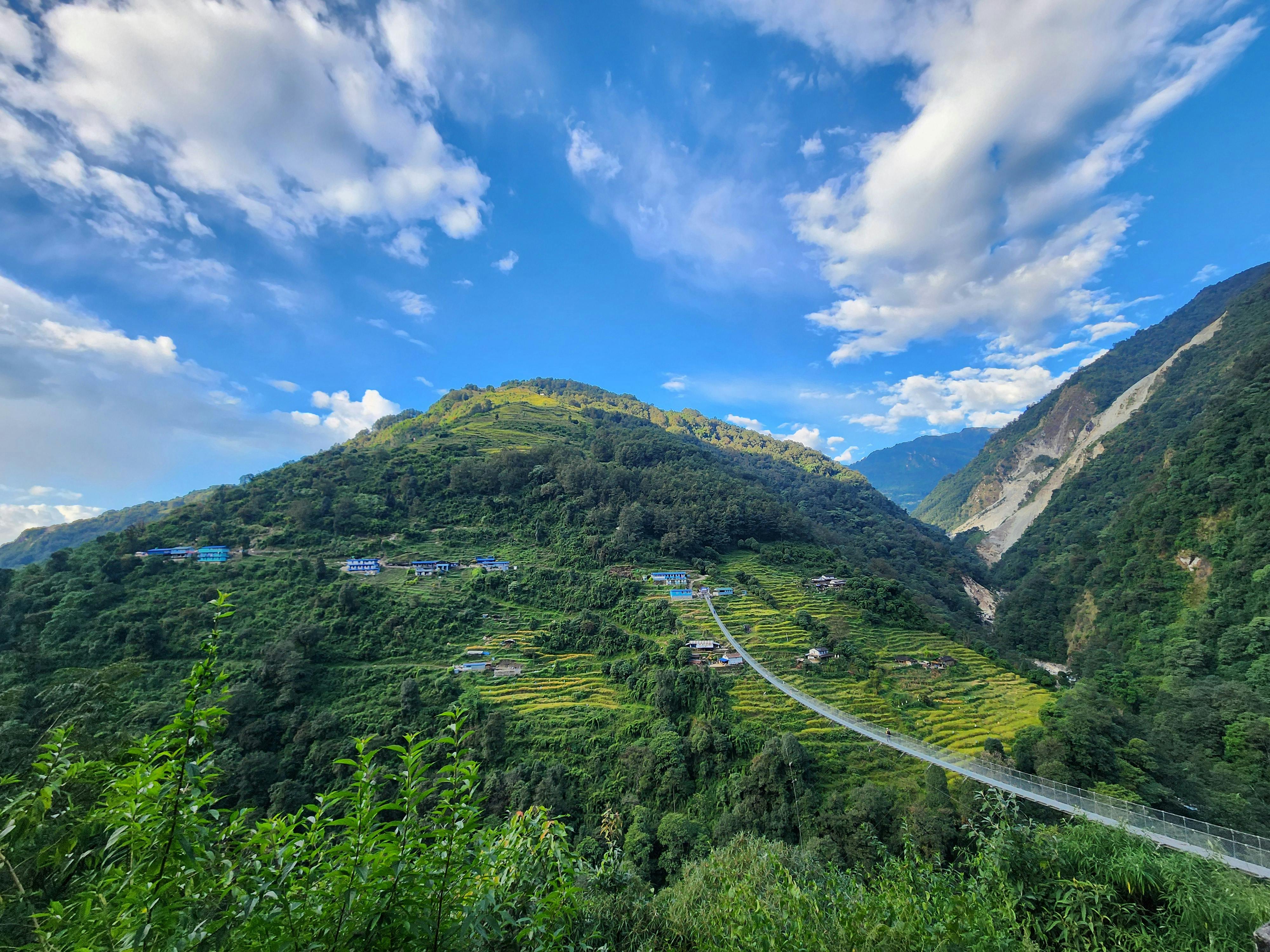How to Find an Independent Trekking Guide in Nepal

Nepal, renowned for its towering Himalayan peaks and stunning landscapes, is a dream destination for trekkers. Whether you’re exploring Everest Base Camp, the Annapurna Circuit, or less-traveled routes like Upper Mustang, hiring an independent trekking guide offers a personalized and flexible trekking experience. Here’s how you can find the perfect guide to ensure a safe and memorable journey.
1. Define Your Trekking Needs
Before beginning your search, outline the details of your trek:
- Route and Region: Popular treks like Everest Base Camp and Annapurna Circuit attract experienced guides, but remote routes like Manaslu or Dolpo may require specialists.
- Duration: Determine how long your trek will be to gauge the commitment needed from the guide.
- Difficulty Level: Some guides are more experienced with high-altitude, technical treks, while others may excel in easier or cultural treks.
Having clarity on these factors helps narrow your search for a guide with the right expertise.
2. Seek Local Recommendations
Local insights are invaluable when searching for a trekking guide. Here’s where to look:
- Guesthouses and Tea Houses: These are great hubs for meeting guides or hearing recommendations from fellow trekkers.
- Trekking Hubs: Areas like Kathmandu’s Thamel district or Pokhara’s Lakeside are filled with trekking professionals.
- Local Villages: In trekking regions, locals often know experienced independent guides who live nearby.
Building connections in these areas increases your chances of finding a dependable guide.
3. Verify Credentials
Not all guides are equally qualified. Ensure the guide has:
- A Valid License: Issued by the Nepal Tourism Board, this guarantees the guide has completed training on safety, first aid, and high-altitude protocols.
- Insurance: Licensed guides often have personal insurance, but you should confirm this in case of emergencies.
- Memberships: Guides affiliated with trekking associations or unions are generally more reliable.
⠀
4. Assess Experience and Knowledge
Experience is crucial for ensuring a smooth and safe trek. Ask potential guides:
- How many times they’ve completed your chosen route.
- Their ability to handle altitude sickness and emergencies.
- Their familiarity with cultural landmarks, flora, and fauna.
⠀The more experienced the guide, the more enriching your trek will be.
5. Check Communication Skills
Your guide should be able to communicate effectively, not only with you but also with locals in remote villages. Guides fluent in your language will ensure clear instructions and enjoyable conversations during the trek.
6. Discuss Costs Upfront
Independent guides generally cost less than those hired through agencies. However, always clarify:
- Daily Rates: Standard rates range from $25–$40 per day, depending on the guide’s experience and the trek’s difficulty.
- Additional Expenses: Confirm whether their food, accommodation, and travel costs are included.
- Tips: While tipping isn’t mandatory, it’s customary for excellent service.
⠀Transparent discussions prevent unexpected expenses during the trek.
7. Evaluate Their Personality
You’ll spend days, if not weeks, with your guide in challenging conditions. Look for traits like:
- Patience and adaptability.
- A friendly demeanor.
- Confidence in handling unforeseen situations.
⠀A guide who’s both professional and personable can make the journey truly enjoyable.
8. Request References
Ask the guide for references from previous trekkers. Speaking with past clients can give you insights into their reliability, knowledge, and behavior during the trek.
9. Prepare a Written Agreement
To avoid misunderstandings, draft a simple agreement detailing:
- Daily rate and total fees.
- Services included (e.g., porter services, guiding only).
- Emergency protocols.
⠀A written agreement builds mutual trust and ensures clarity.
10. Trust Your Instincts
Ultimately, trust your instincts when selecting a guide. If they feel genuine, confident, and enthusiastic about your trek, they’re likely a good match.
Benefits of Hiring an Independent Guide
- Personalized Attention: Unlike group tours, an independent guide tailors the trek to your pace and interests.
- Local Insights: They provide in-depth knowledge of local culture, customs, and traditions.
- Cost-Effectiveness: Independent guides are often more affordable than agency-arranged ones.
- Support for Local Communities: Hiring directly supports local livelihoods without involving intermediaries.
⠀
Safety Tips When Trekking with an Independent Guide
While hiring a guide ensures safety, keep these tips in mind: 1 Carry Emergency Contacts: Have a list of contacts for local rescue agencies or embassies. 2 Stay Informed: Keep track of weather updates and road conditions. 3 Have Travel Insurance: Ensure your policy covers high-altitude trekking and helicopter evacuation. 4 Monitor Your Health: Inform your guide immediately if you feel symptoms of altitude sickness or discomfort.
⠀
Final Thoughts
An independent trekking guide can transform your Himalayan adventure into a personalized and unforgettable experience. By investing time in finding a trustworthy and skilled guide, you’ll not only ensure safety but also gain deeper insights into Nepal’s rich culture and natural beauty. The right guide doesn’t just lead you through trails—they help you create memories that last a lifetime. Choose wisely, and enjoy the trek of your dreams!



